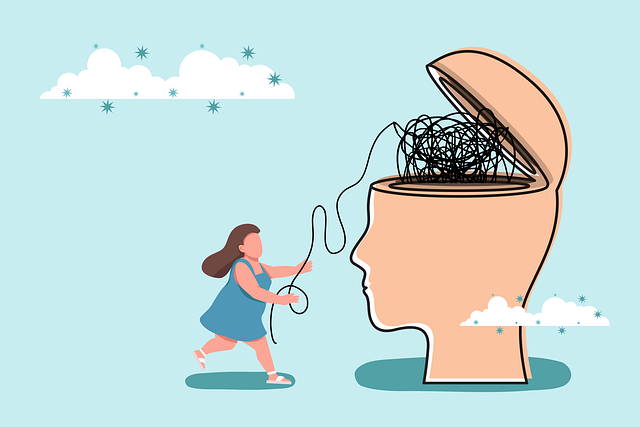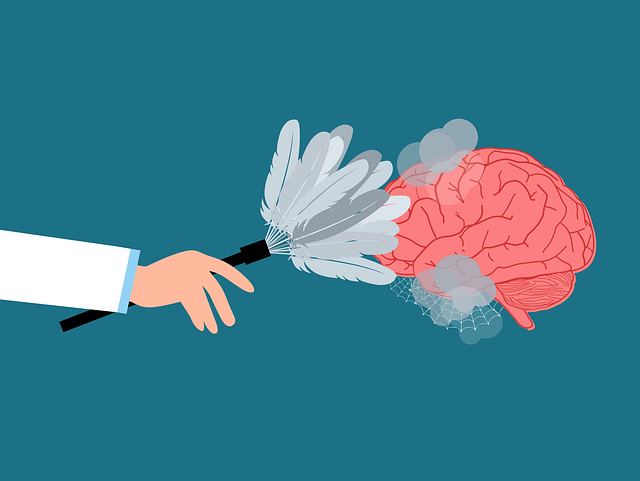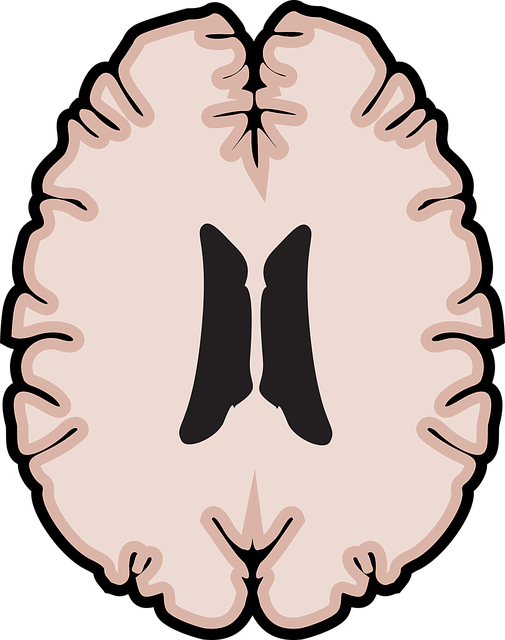Risk assessment is crucial in therapy for children with learning disabilities, enabling therapists to create safe and effective practices by evaluating internal and external factors. This proactive approach ensures tailored environments, prevents therapist burnout, enhances crisis intervention, and promotes mental wellness. Harm minimization strategies require nuanced interventions focusing on emotional well-being, education, and collaboration among therapists, educators, and parents. Continuous monitoring and review through regular assessments and feedback ensure dynamic adaptation of strategies for optimal mental wellness, emphasizing quality assurance in therapy for children with learning disabilities.
Risk assessment and harm minimization planning are essential components of safe practice in therapy for children with learning disabilities. This comprehensive guide explores key aspects, from understanding the foundational role of risk assessment to identifying and evaluating unique risks associated with this population. We delve into developing effective strategies for harm minimization, emphasizing practical implementation, ongoing monitoring, and iterative review to foster continuous improvement.
- Understanding Risk Assessment: A Cornerstone for Safe Practice
- Identifying and Evaluating Risks Specific to Children with Learning Disabilities
- Developing Effective Harm Minimization Strategies
- Implementation, Monitoring, and Review: Ensuring Continuous Improvement
Understanding Risk Assessment: A Cornerstone for Safe Practice

Risk assessment is a fundamental process in therapy for children with learning disabilities, acting as a cornerstone for safe and effective practice. It involves meticulously examining potential hazards and risks within the therapeutic environment, focusing on both internal and external factors that could cause harm to the child or impact their progress. By implementing robust risk assessment procedures, therapists can proactively identify, mitigate, and manage risks, ensuring a secure and supportive atmosphere for each child’s unique needs.
This proactive approach is not only essential for crisis intervention guidance but also plays a pivotal role in burnout prevention among therapists themselves. Through rigorous risk assessment, therapists can anticipate potential challenges, implement preventive strategies, and adapt their practices to create a balanced and sustainable work environment. The process fosters mental wellness, which is crucial for both the therapist’s well-being and their ability to provide consistent, high-quality care over time, including their involvement in Mental Wellness Podcast Series Production.
Identifying and Evaluating Risks Specific to Children with Learning Disabilities

Identifying and evaluating risks specific to children with learning disabilities requires a nuanced approach. These young individuals often face unique challenges that can impact their overall well-being, including emotional and mental health issues such as anxiety and depression. Therapies tailored for children with learning disabilities play a crucial role in addressing these concerns. By employing strategies that cater to individual needs, therapists can foster emotional well-being promotion techniques and reduce the stigma associated with mental illness among this population.
Risk assessment should consider environmental factors, social interactions, and personal circumstances that may exacerbate existing conditions. For instance, academic pressures or social isolation could intensify anxiety symptoms. Therefore, comprehensive risk evaluation must encompass not just the disability itself but also surrounding influences. This holistic approach ensures that harm minimization planning is effective in mitigating risks and enhancing the life quality of children with learning disabilities, inclusive of anxiety relief strategies.
Developing Effective Harm Minimization Strategies

Developing effective harm minimization strategies is a multifaceted process that requires careful consideration of various factors unique to each child with learning disabilities. Therapy for children learning disabilities often involves tailoring interventions to address specific challenges while fostering mental wellness. Professionals can leverage Mental Wellness Podcast Series Production to share evidence-based practices and educate parents and caregivers, enhancing their ability to support their child’s development. By integrating Trauma Support Services, therapists can help children process emotional trauma and build resilience, a crucial aspect of harm minimization. Furthermore, focusing on Self-Esteem Improvement through therapeutic activities empowers children with learning disabilities to develop a positive self-image, reducing the risk of adverse outcomes.
These strategies must be dynamically adapted based on ongoing assessments and the child’s evolving needs. Regular collaboration between therapists, educators, and parents ensures that harm minimization planning remains relevant and effective. This collaborative approach not only strengthens support systems but also fosters an environment conducive to learning and emotional growth, ultimately enhancing the child’s overall mental wellness.
Implementation, Monitoring, and Review: Ensuring Continuous Improvement

The effective implementation of risk assessment and harm minimization planning involves a dynamic process of monitoring and review. This continuous improvement approach ensures that strategies remain relevant and tailored to the unique needs of children with learning disabilities in therapy. Regular assessments allow for the identification of emerging risks or changes in the child’s condition, enabling prompt adjustments to intervention plans. Monitoring includes tracking progress, evaluating outcomes, and gathering feedback from parents, caregivers, and educators to gain insights into the effectiveness of implemented practices.
Review sessions facilitate a critical analysis of what’s working and what needs enhancement. This involves examining Self-Care Practices and Mood Management techniques employed by the child, as well as their impact on overall well-being. By integrating insights from Monitoring, therapy teams can refine strategies, incorporate innovative solutions, and ensure that interventions remain not only safe but also optimal for each child’s development. This iterative process fosters a culture of quality assurance within the Therapy for Children with Learning Disabilities sector.
Risk assessment and harm minimization planning are essential components of providing safe and effective therapy for children with learning disabilities. By understanding the specific risks these children face, identifying them early, and implementing tailored strategies, therapists can create a supportive environment that promotes growth and development. Continuous monitoring and review ensure that practices remain current and responsive to individual needs, fostering optimal outcomes in therapy for children with learning disabilities.










